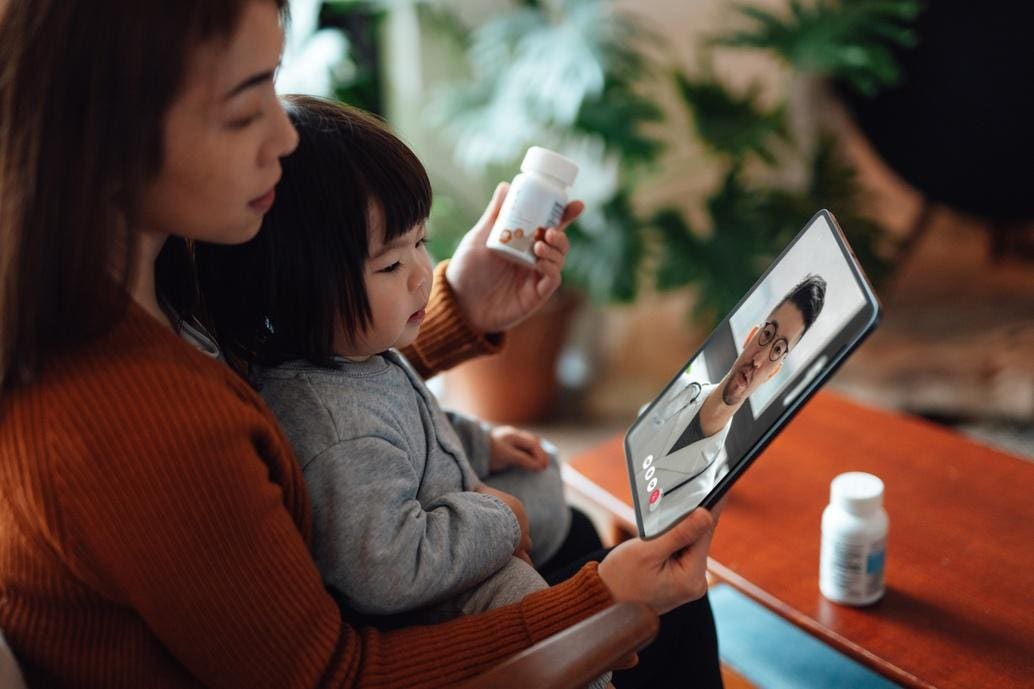John Erwin is the Chief Executive Officer at Carenet Health.
The proliferation of integrated, real-time support is helping drive personalized care for patients and health plan members. In today’s world, consumer expectations are quickly being reshaped by technological innovations that include things like telehealth and remote patient monitoring and digital front-door patient engagement platforms.
In 2022, a McKinsey & Company survey found that nearly 40% of respondents had used telehealth services and would continue to do so in the future. Additionally, in 2020, McKinsey estimated that up to $250 billion of healthcare spending in the United States could be reallocated to virtual or virtually-enabled care. As virtual care choices play a bigger part in patient engagement, I see people turning away from conventional healthcare models.
Organizations that meet consumer demand for personalized care can make the technological connection more human-centric by integrating tools such as monitoring devices with real-time support. When it comes to incorporating these technologies to drive better health outcomes, I believe that industry leaders must listen to and act on consumer feedback.
By implementing strategies that engage with consumers and align with their current needs, both companies and the people they cater to can experience the advantages formed through enhanced digital convenience and tailored experiences. Here are a few ways to drive this change.
Combining Telehealth And Remote Monitoring
Remote patient monitoring and telehealth can complement each other exceedingly well. They carry the benefit of helping to reduce hospital stays for patients, decreasing emergency room visits, providing better health outcomes for those who live in rural areas and improving preventative management of chronic conditions. There are a wide range of prevalent, chronic conditions and illnesses such as high blood pressure, diabetes, heart conditions and asthma that can be tracked using remote monitoring.
Pilot Programs
I’ve found that a pilot program can be a great way to seamlessly integrate new technologies and discover what works. One major end goal for healthcare should be to find ways to screen and evaluate patients’ conditions without the need for in-person interaction. When the Covid-19 pandemic began, my company had to quickly implement such a pilot program (with it being eventually perfected and permanently adopted) for a New York hospital looking to incorporate remote monitoring, messaging and alerts. The program allowed the hospital to free up inpatient beds during the health crisis and reduce patients’ length of stay—as well as help prevent readmissions during recovery.
Tools And Training
I predict that tools such as pulse oximeters and blood pressure monitors and even more complicated devices like heart monitors and breathing apparatuses will play an increasing role in the future of patient care. When implementing remote patient monitoring, it’s critical for organizations and the vendors they partner with to ensure they are familiar with regulatory guidelines and that their program is in line with established rules and requirements. Some of the more complicated tools will require patient training, but the upfront effort to train can create more efficiencies in the end.
When training is needed, ensure that a patient meets with a clinician or technician in person to be shown how to properly use the device; I also recommend a follow-up telehealth appointment at a predetermined time frame. Make sure as well that the patient receives information (printed or digitally) on how to use the device. By both educating and debriefing the patient, you can make sure that they understand how to use and read the information these tools generate.
Engaging Patients With Digital Front Doors
I find that by replacing tasks that were previously performed manually, either in person or by phone, organizations can engage more patients via digital front doors. In 2022, my company found that more than one-third of 1,004 surveyed respondents scheduled a medical appointment using an online/mobile tool, and 70% of those who did were very satisfied with the experience.
Interestingly, as many healthcare organizations have built upon their digital offerings to better serve patients, recent research from the Massachusetts Institute of Technology has found that, since the pandemic, digital momentum across all industries may be beginning to stall.
According to the report, as companies return to business as usual following the end of the public health emergency, organizational inertia and other factors are causing them to struggle to keep up with consumers’ high expectations for technology and digital services. To keep up with this demand, healthcare organizations can utilize digital front doors to help consumers better understand and manage their health and feel less overwhelmed about taking the first step in the journey. I believe that a single starting point can help simplify a patient’s engagement with a provider.
Patients and plan members have come to expect their providers will deliver the same level of convenience they experience shopping online with leading consumer brands. This makes it increasingly critical for health systems to prioritize personalization and convenience through technology. As patient expectations increase, innovative engagement solutions will need to keep pace with consumer demand as the industry strives to maintain digital momentum.
Forbes Business Council is the foremost growth and networking organization for business owners and leaders. Do I qualify?
Read the full article here





